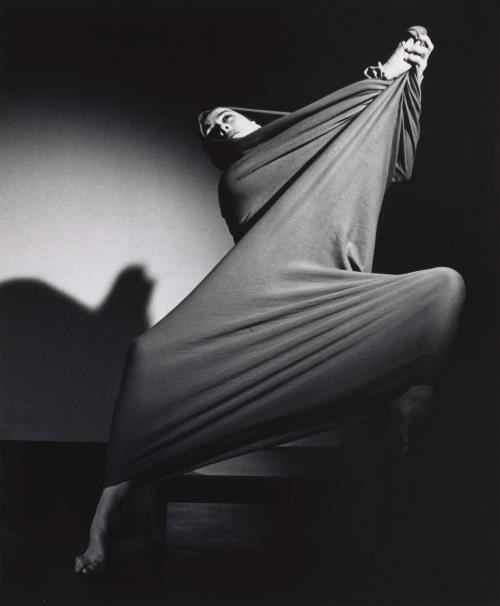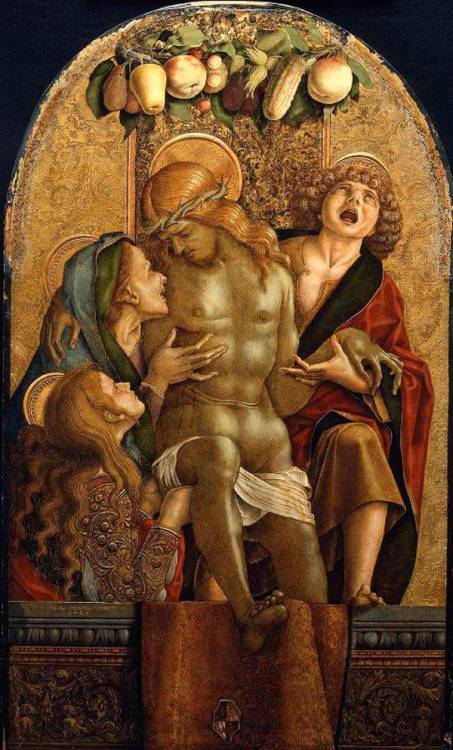#lamentation
The Lamentation
Domenichino (Domenico Zampieri) (Italian; 1581–1641)
1603
Oil on copper
The Metropolitan Museum of Art, New York
Post link
“Keening,” by Daniela Simina
Her gift for posterity,
the undying gift of Bride the Banfile,
power of word endowing
the pain and agony
with immortality.
Inheritance she left for
those to come.
The inheritance of spirit
passed on beyond blood.
Spear struck Ruadan
and without his blood spilled
that deep and powerful voice,
Her voice,
would never had risen.
A mother’s grief birthed lamentation,
sacred union of word and sound
wedded by pain to never part again.
Him, left dead, her left alive,
her left to live forever in the heart of each of us
knowingly or unknowingly,
each time someone is keening.
Her gift for posterity,
the undying gift of Bride the Banfile:
the visceral yell erupting from
the soul sliced open,
the soul of a mother
cradling her dead child,
and nevertheless
make that a gift,
a step into immortality.
(Text from the devotional poetry blog Stone on the Belly)
Barbara Morgan described the performance “Lamentation” by Martha Graham as a “dance of sorrow … the personification of grief itself.” Working to portray the melancholy essence of the dance and to capture its “visual peak,” Morgan produced a dramatically diagonal image of the American modern dance pioneer. Though Graham leans on a bench, her arms and legs extend expressively to stretch the dark fabric that envelops her—a material that, according to the dancer, “indicate[s] the tragedy that obsesses the body, the ability to stretch inside your own skin, to witness and test the perimeters and boundaries of grief.”
See this photograph on view in our newest installation “Elegy: Lament in the 20th Century.”
“Martha Graham - Lamentation,” 1935 (negative); c. 1981 (print), by Barbara Morgan © Barbara Morgan, the Barbara Morgan Archive
Post link
Thepaso of the Confraternity of the Holy Shroud (Hermandad de la Sagrada Mortaja) in Semana Santa procession, Seville
TheSagrada Mortaja was founded at the end of the 16th century in the church of Santa Marina. The image of Christ (Nuestro Padre Jesús Descendido de la Cruz) is a baroque masterpiece of Cristóbal Pérez (1667). The Virgin (Nuestra Señora de la Piedad) and the rest of the group are from the circle of Pedro Roldán (17th century).
Post link
La Pieta, by Niccolo dell'Arca, in the Santuario di Santa Maria della Vita di Bologna, Bologna, Italy, mid-late fifteenth century. Painted terracotta figures. The figures surrounding the dead Christ are, from left to right, Joseph of Arimathea, Mary Salome (mother of John), the Virgin Mary, John, Mary Cleophas, and Mary Magdalene. Image taken from ARTstor and figural description taken from here.
Post link
Compianto sul Cristo Morto di Niccolò dell’Arca,
Santuario di Santa Maria della Vita di Bologna
Post link














